Introduction:
Gardening is a wonderful passion for every beginners. But at the very beginning time the gardener should know how to find the essential gardening tools for beginners for the maximum return. Although some one take it as a hobby, the essential equipment help more for betterment of garden. So in this article we find the best essential tools of gardening for every gardeners to protect you and your garden.
A List of Essential Gardening Tools For Beginners
1. Gardening Gloves
Every gardener should have a durable pair of gardening gloves. This is an important gardening tools for beginners. These gloves help you so much when you are working. It protects your hands from dirt and thorns. Moreover it provides a better grip when handling tools and plants. We should look for such kind of gloves that are made of breathable material. There are many breathable materials such as cotton or leather.
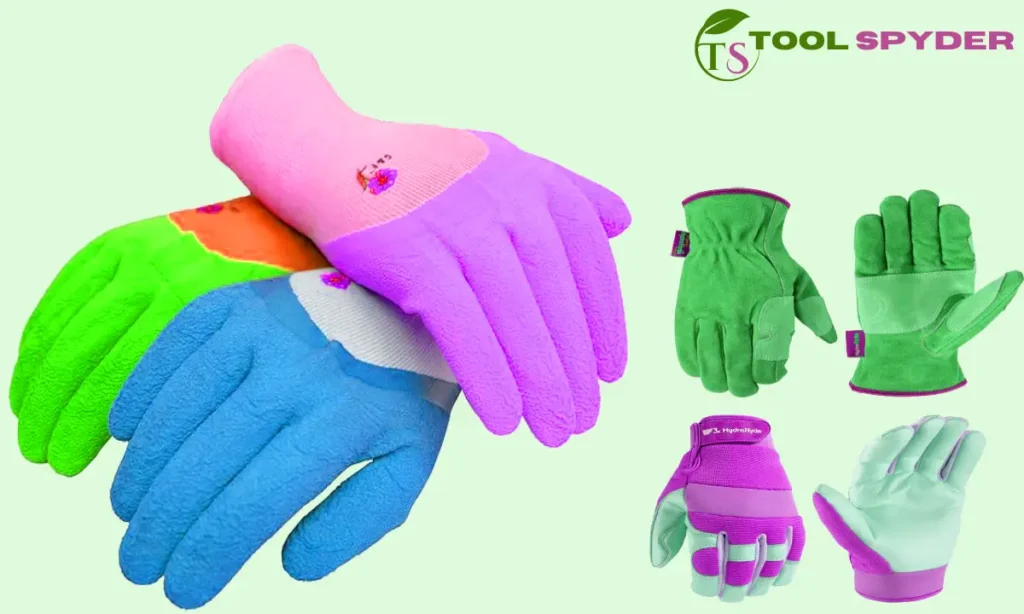
Benefits of Gardening Gloves
There are so many benefits of Gardening gloves. Some are given below:
- The gardening gloves ensure comfort and flexibility while you are working in the garden. If you’ll be doing work in wet conditions or a lot of digging, you should look for gloves that are waterproof, having extra padding on the palms and fingers. These features will both keep your hands dry and provide extra protection and oppressing.
- You should consider the fit of the gloves. They should be comfortable but not too tight, allowing for dexterity and ease of movement. The length of a glove is another important factor to consider. Some garden tasks, such as pruning rose bushes or pulling weeds, require gloves that extend past the wrist to protect your forearms as well.
- In terms of style, garden gloves come in different colors and patterns. While this may seem like a minor detail, choosing a pair of gloves. It can make gardening a more enjoyable experience. Additionally, some gloves have features like adjustable straps or touchscreen compatibility, which can add convenience and functionality to your gardening routine.
- Don’t forget to care for your garden gloves properly. After each use, shake off any excess dirt and allow them to air dry. If they become heavily soiled, you can hand wash them with mild soap and water. It’s also a good idea to inspect your gloves regularly for any signs of wear and tear, such as holes or fraying. If necessary, replace them to ensure continued protection for your hand.
Remember, investing in a good pair of garden gloves is essential for any gardener. They not only protect your hands from potential injuries but also make gardening tasks more comfortable and enjoyable. So, take the time to find the perfect pair that suits your needs and preferences, and get ready to dig in and create a beautiful garden.
2. Sturdy Garden Fork
Another essential tool for beginners is a sturdy garden fork. This tool is wonderful for breaking up clumps, turning over soil, and removing weeds. The tines of the fork should be sharp and strong enough to enter the soil easily. Moreover, a garden fork having a comfortable handle will minimize stress on your wrists and make the work much more pleasant.
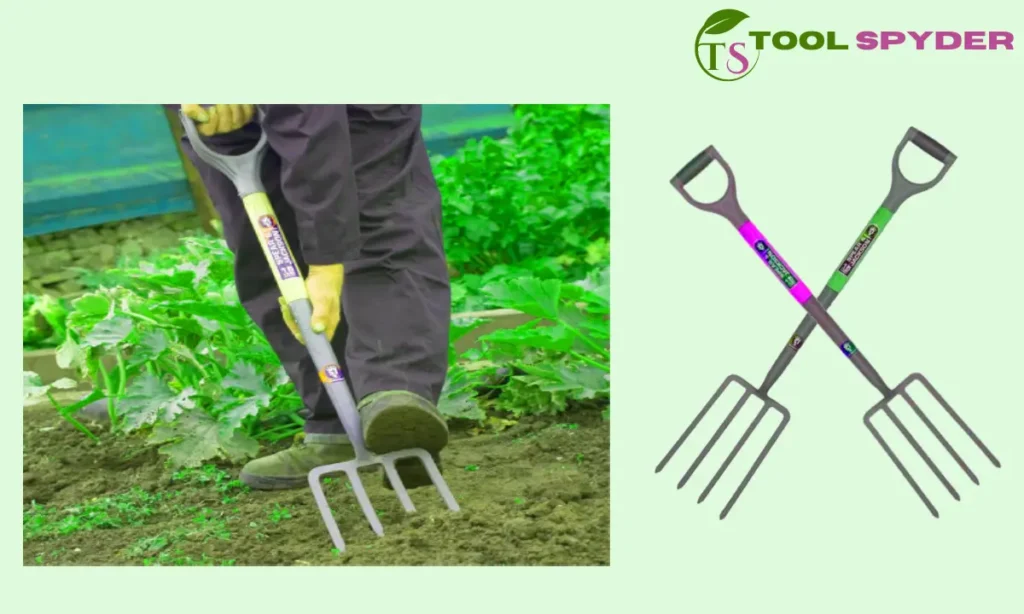
3. Pruning Shears
A pair of pruning shears is also important for any gardener. These shears are amazing for deadheading flowers, trimming branches, and shaping shrubs. You should look for shears with sharp blades and a comfortable grip to ensure perfect, clean and precise cuts. Additionally, consider investing in a pair of bypass shears, which have a scissor-like cutting action. They are more effective for cutting live branches.
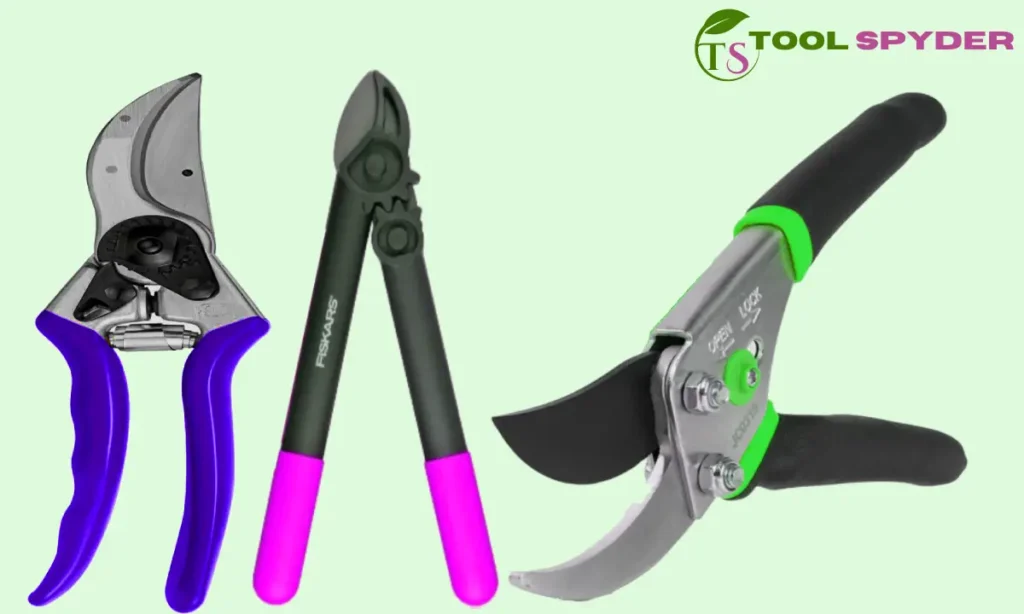
Benefits of Pruning Shears
- Pruning shears or scissors are essential for maintaining the health and shape of your plants. Gardeners are using these handheld tools for cutting and trimming branches, stems, and foliage. So you should look for pruning shears with a bypass cutting mechanism. Because they provide a cleaner cut and are less likely to crush the plant tissue.
- When using pruning shears, it’s important to keep them clean and sharp. Clean the blades after each use to prevent the spread of diseases between plants. Sharpen the blades regularly to ensure clean and precise cuts.
- Proper maintenance of your pruning shears will not only extend their lifespan but also improve their performance. After each use, wipe the blades with a damp cloth to remove any sap or debris. This will prevent the build-up of residue that can cause the blades to stick or become dull. Additionally, periodically oil the pivot point of the shears to keep them operating smoothly.
- Regular sharpening is crucial for maintaining the cutting efficiency of your pruning shears. Over time, the blades can become dull, making it more difficult to make clean cuts. To whet the blades, you should use a sharpening stone or a file. Hold the stone or file at a 20-degree angle and run it along the side of the blade in a smooth motion. Repeat this process again and again. Don’t stop until the blade is sharp.
- It’s also important to inspect your pruning shears regularly for any signs of damage or wear. Check the blades for any nicks or chips, as these can affect the cutting ability. If you notice any damage, it’s best to replace the blades or the entire tool if necessary. Moreover, you should check the tension of the shears by opening and closing them a few times. If you feel any sticking or grinding, adjust the tension by tightening or loosening the pivot screw.
Finally
Store your pruning shears in a dry and clean place when not in use. This will help prevent rusting and keep them in good condition. Consider using a sheath or a holster to protect the blades and prevent any accidental injuries when carrying or storing the shears.
4. Garden Trowel
A garden trowel is another necessary tool that every gardener should own. This tool is perfect for transplanting seedlings, digging small holes and scooping soil. Every gardener should look for a trowel with a jolly blade made of stainless steel or carbon steel. These materials are viable and obstructing to rust. Additionally, a trowel with an ergonomic handle will make it not only easier to grip but also reduce strain on your hand. A garden trowel can also be used for various other tasks in the garden. One of its versatile uses is for mixing and scooping soil amendments or fertilizers. The flat, wide blade of the trowel allows for easy mixing of these materials into the soil, ensuring that plants receive the necessary nutrients.
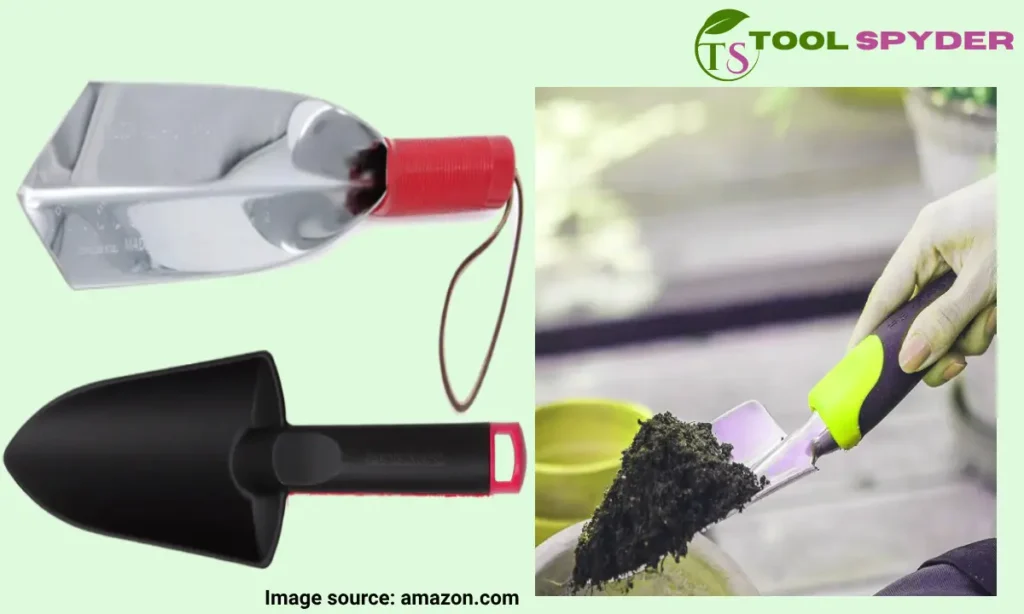
Factors to consider a best Garden Trowel
- A garden trowel can be employed for dividing perennials. As plants mature and spread, they often need to be divided to maintain their health and vigor. The sharp edge of the trowel can be used to carefully separate the root ball into smaller sections, which can then be replanted in different areas of the garden.
- Another practical application of a garden trowel is for harvesting root vegetables such as carrots, radishes, or potatoes. Its narrow blade can be inserted into the soil next to the plant, allowing for easy lifting and removal of the vegetables. This ensures minimal damage to the roots and preserves the quality of the harvest.
- When selecting a garden trowel, it is important to consider the materials used in its construction. Stainless steel blades are highly durable and resistant to rust, making them ideal for long-term use. On the other hand, carbon steel blades are known for their sharpness and ability to hold an edge, making them suitable for heavy-duty digging tasks.
- The handle of the trowel should be comfortable to hold and provide a secure grip. Look for handles made of materials such as wood, rubber, or ergonomic plastic, as they offer better control and reduce hand fatigue during extended use.
Important things to remember for longevity
Remember to clean and dry your garden trowel after each use to prevent the spread of diseases and maintain its longevity. Regular maintenance, such as sharpening the blade and oiling the handle, will ensure that your trowel remains in optimal condition for years to come.
Finally
In conclusion, a garden trowel is an indispensable tool for any gardener. Its versatility, from digging small holes to dividing plants and harvesting vegetables, makes it a valuable asset in the garden. By choosing a trowel with a comfortable handle and a durable blade, and using proper technique, you can enjoy the benefits of this essential gardening tool for many seasons.
5. Garden Shovel
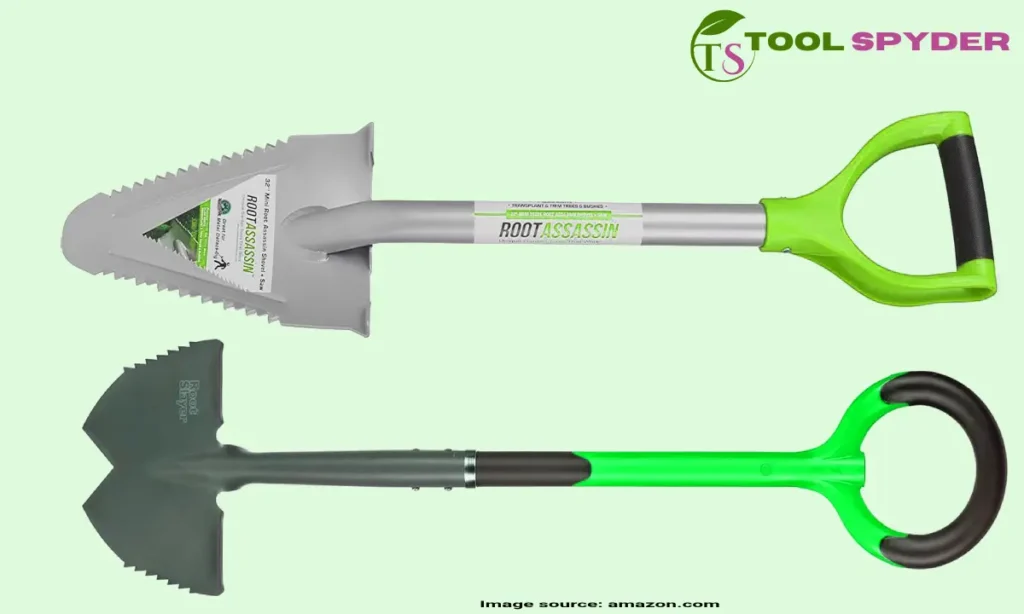
A garden shovel is a wonderful tool for larger digging tasks, such as planting trees or digging trenches. Gardener should bear in mind that a shovel having a sharp blade and a sturdy handle made of wood or fiberglass is essential for work. Besides, you should contemplate investing in a shovel with a long handle. Because it will provide better leverage and decrease effort on your back.
6. Garden Rake
A garden rake is a versatile tool that every gardener should have. It is used for leveling soil, removing debris, and spreading mulch. Look for a rake with sturdy tines made of steel or aluminum. Adjustable rakes are also a great option as they allow you to customize the width of the rake for different tasks.
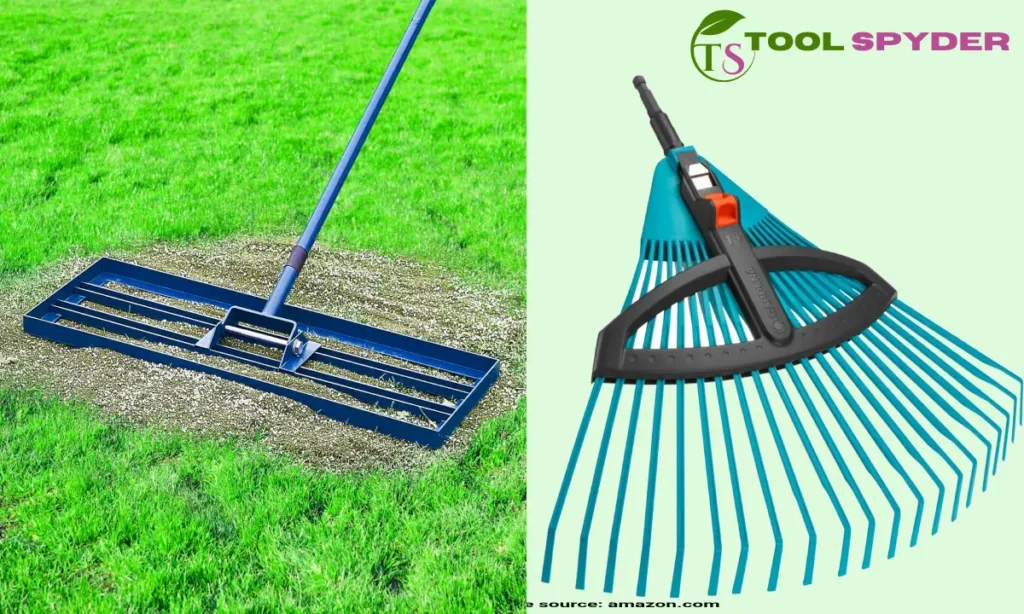
Important Tips
- When using a garden rake, it’s important to use the right technique. Hold the rake with both hands and use a pulling motion to gather debris or level the soil. Avoid using excessive force, as this can damage the rake or strain your muscles.
- In addition to its main uses, a garden rake can also be helpful in other gardening tasks. For example, you can use it to create furrows for planting seeds or to break up clumps of soil. The sturdy tines of the rake can easily penetrate the ground, making it easier for you to prepare the soil for planting.
- Another benefit of using a garden rake is that it helps to improve the overall appearance of your garden. By raking the soil, you can create a smooth and even surface, giving your garden a neat and tidy look. This is especially important if you have a lawn or a flower bed, as it enhances the visual appeal of these areas.
- Furthermore, a garden rake can be used to spread mulch evenly around your plants. Mulch is beneficial for your garden as it helps to retain moisture, suppresses weeds, and regulates soil temperature. By using a rake to spread the mulch, you ensure that it is distributed evenly, maximizing its effectiveness.
- When choosing a garden rake, consider the size of your garden and the type of tasks you will be performing. If you have a small garden or only need to do light raking, a smaller rake with fewer tines may be sufficient. However, if you have a large garden or need to tackle heavy-duty tasks, a larger rake with more tines will be more suitable.
Finally
Overall, a garden rake is an essential tool for any gardener. Its versatility and ease of use make it a must-have for maintaining a healthy and beautiful garden. Whether you need to level soil, remove debris, or spread mulch, a garden rake will help you get the job done efficiently and effectively.
7. Garden Hose
A garden hose is an important tool. You can use it for watering your plants. You should look for a hose that is durable, kink-resistant, and has adjustable water flow. Consider the length of the hose based on the size of your garden.
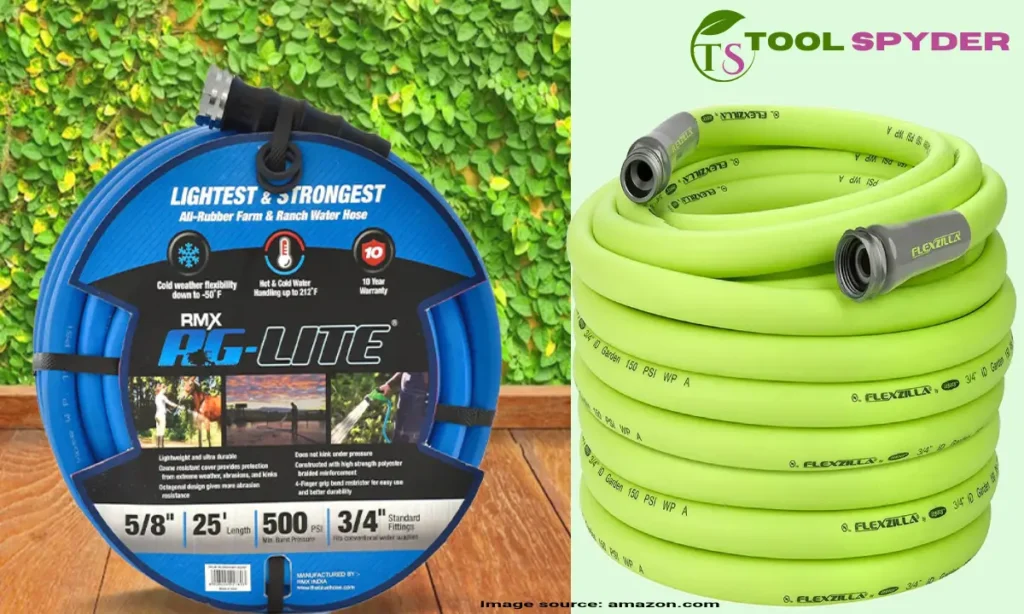
Important Tips for Garden Hose
- When using a garden hose, it’s important to water your plants at the right time. Watering in the early morning or late afternoon is ideal, as it allows the plants to absorb the water before it evaporates in the heat of the day. You should avoid watering in the evening. Because this can promote the growth of fungal diseases in your garden.
- Another important factor to consider when using a garden hose is the water pressure. It is recommended to use a nozzle or sprayer attachment that allows you to control the water pressure. This will prevent excessive force that can damage delicate plants or wash away the soil around their roots. Adjust the water pressure according to the specific needs of each plant, ensuring that it receives adequate hydration without causing any harm.
- In addition to watering, a garden hose can also be used for other tasks in the garden. For example, you can use it to clean outdoor furniture, wash off garden tools, or even give your pets a bath. Make sure to have different attachments or nozzles for different purposes, allowing you to easily switch between tasks without any hassle.
- When not in use, it is important to properly store your garden hose to prolong its lifespan. Avoid leaving it exposed to extreme weather conditions, as this can cause damage to the hose material. Consider investing in a hose reel or hanger to keep it neatly coiled and off the ground. This will prevent tangling, kinks, and tripping hazards, making it easier to use the hose whenever you need it.
Finally
In conclusion, a garden hose is a versatile tool that is essential for any gardener. It allows you to efficiently water your plants, clean various items in your garden, and even give your pets a bath. By choosing a durable hose, watering at the right time, and properly storing it, you can ensure that your garden hose will serve you well for years to come.
8. Garden Spade
We can use a garden spade for digging, edging, and moving soil easily. It is also important of the best 10 gardening tools for beginners You should look for a spade with a sharp blade made of stainless steel or carbon steel. Consider the length of the handle based on your height and preference.
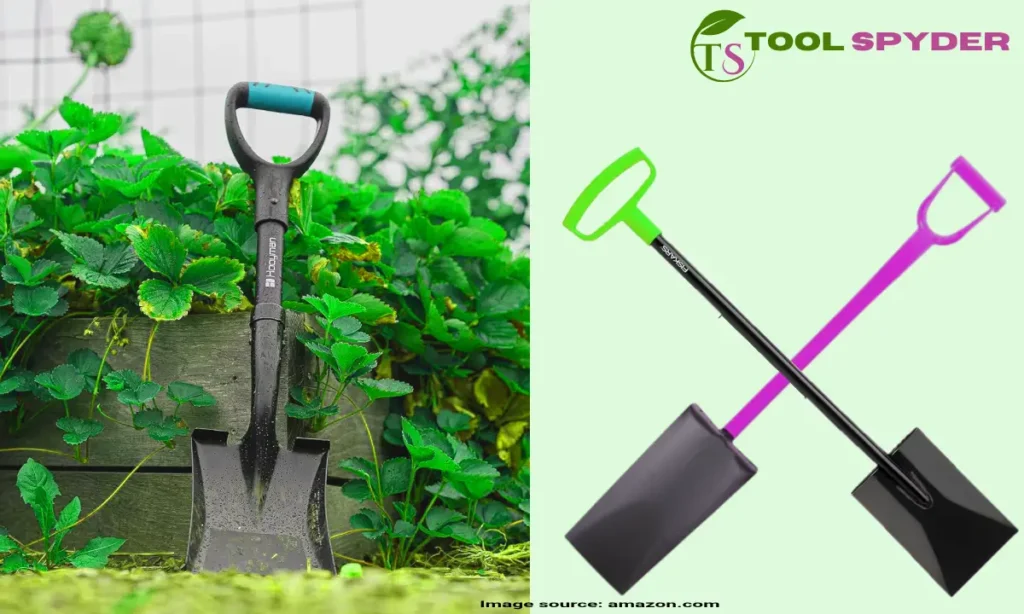
Important Tips for Garden Spade
- When using a garden spade, it’s important to use proper technique to prevent strain on your back and muscles. Bend your knees and use your leg muscles to lift and move the soil. Avoid twisting your body while lifting heavy loads.
- Another important aspect to consider when using a garden spade is the type of soil you are working with. Different soil types require different techniques and approaches. For example, if you are working with clay soil, you may need to wet it slightly before digging to make it easier to work with. On the other hand, if you are dealing with sandy soil, you may need to be more careful to avoid disturbing the delicate structure.
- Additionally, it’s important to be aware of any underground utilities or obstacles that may be present in your garden. Before digging, always call your local utility companies to mark the location of any buried cables, pipes, or other infrastructure. This will help prevent any accidents and ensure that you can dig safely.
- When it comes to edging, a garden spade can be a valuable tool. It allows you to create clean lines and defined borders between different areas of your garden. Whether you are edging a flower bed, a lawn, or a pathway, a garden spade can help you achieve a professional and polished look.
- It’s important to clean and maintain it properly after using your garden spade. Remove any dirt or debris from the blade and handle, and store it in a dry place to prevent rusting. Regularly sharpen the blade to ensure optimal performance.
- It’s important to clean and maintain it properly after using your garden spade. Remove any dirt or debris from the blade and handle as soon as possible, and store it in a dry place to prevent damaging. You should sharpen the blade regularly and keep it in the safe place for further use.
Finally
In conclusion, a garden spade is an essential tool for any gardener. With the right technique and care, it can help you accomplish a variety of tasks in your garden, from digging and moving soil to edging and creating clean lines. Invest in a high-quality spade, use proper technique, and take care of your tool, and you’ll be well-equipped to tackle any gardening project.
9. Garden Fork
A garden fork is a versatile tool that every gardener should have in their arsenal. Whether you are a seasoned horticulturist or just starting out with your own backyard garden, a garden fork can make your gardening tasks much easier and more efficient. With its sturdy tines made of steel or stainless steel, a garden fork is designed to withstand the rigors of digging and turning soil.
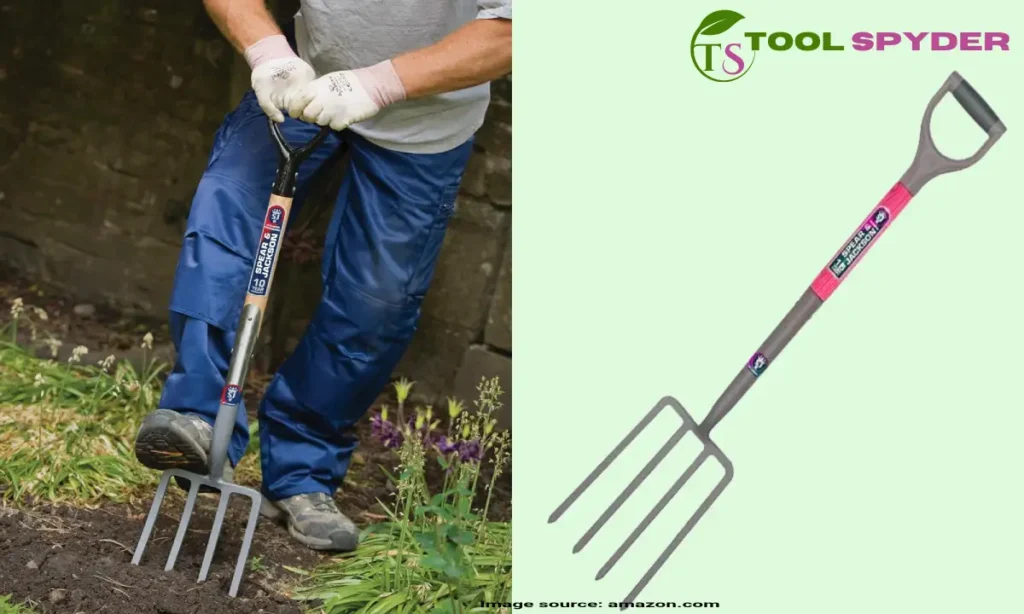
Important Tips for Garden Fork
- One of the primary uses of a garden fork is to loosen compacted soil. By using a garden fork to gently loosen the soil, you can improve its structure and promote healthy root growth. This is especially important if you are planning to plant new flowers, vegetables, or shrubs in your garden.
- In addition to loosening compacted soil, a garden fork is also a valuable tool for turning compost. By using a garden fork to turn the compost pile, you can speed up the decomposition process and ensure that all of the organic materials are evenly mixed. This will result in a more balanced and nutrient-dense compost that can be used to enrich your garden.
- Furthermore, a garden fork is indispensable when it comes to lifting plants. Whether you are transplanting seedlings or dividing perennials, a garden fork can help you gently lift the plants from the ground without damaging their delicate roots. The sharp tines of the fork can easily penetrate the soil and provide the leverage needed to lift even the heaviest plants.
- When using a garden fork, it is crucial to maintain the correct posture to prevent strain on your back and muscles. Keep your back straight and use your leg muscles to lift and turn the soil. This will distribute the weight evenly and reduce the risk of injury. If you start to feel any discomfort or fatigue, it is a sign that you need to rest and recharge.
- When shopping for a garden fork, consider the length and weight of the tool based on your own strength and the tasks you will be performing. A longer fork may provide more leverage, while a shorter one may be easier to handle in tight spaces. Additionally, look for a fork with a comfortable handle that provides a secure grip.
In conclusion, a garden fork is a must-have tool for any gardener. Its versatility and durability make it an essential companion for a wide range of gardening tasks. From loosening compacted soil to turning compost and lifting plants, a garden fork will make your gardening endeavors more enjoyable and successful.
10. Wheelbarrow
A wheelbarrow is a handy tool for transporting heavy loads of soil, mulch, or plants. Look for a wheelbarrow with a sturdy frame, pneumatic tires for easy maneuverability, and a comfortable grip. Consider the size of the wheelbarrow based on the volume and weight of the materials you’ll be transporting. A larger wheelbarrow with a higher weight capacity is ideal for larger gardening or landscaping projects, while a smaller one may be sufficient for smaller tasks.
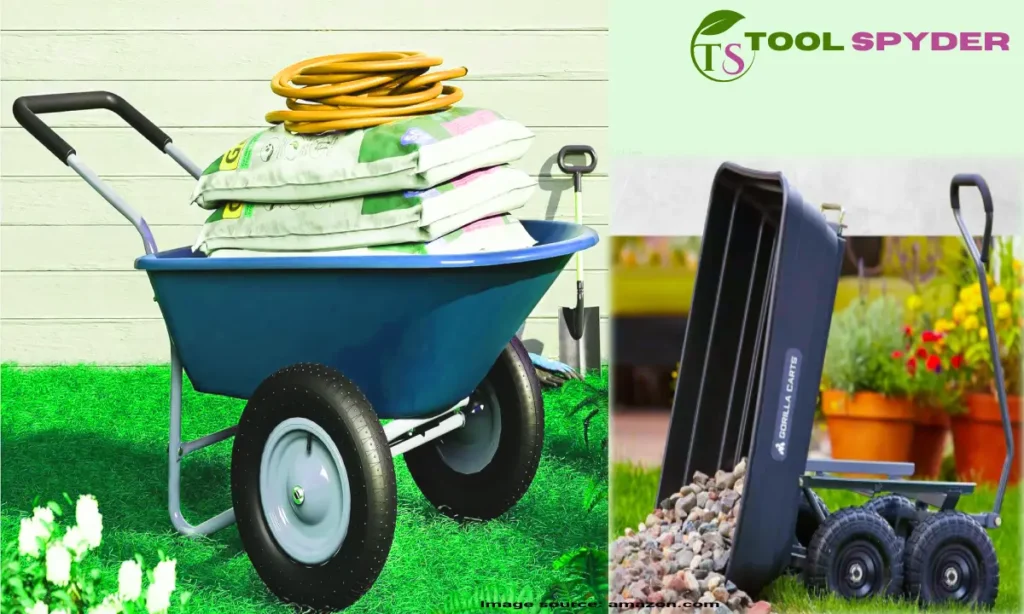
Essential Using Tips
- When using a wheelbarrow, it’s important to distribute the weight evenly to prevent tipping. This can be achieved by placing the heaviest items closer to the wheel and balancing the load on both sides. Additionally, make sure the wheelbarrow is properly balanced before you start moving. If it feels unstable, adjust the load until it is evenly distributed.
- To use a wheelbarrow effectively and minimize strain on your body, it’s important to maintain proper lifting and pushing techniques. Start by bending your knees and keeping your back straight while lifting the handles. Engage your leg muscles to lift the wheelbarrow, rather than relying solely on your back. This will help prevent injuries and reduce strain on your spine.
- As you push the wheelbarrow, maintain a comfortable grip on the handles and use your leg muscles to propel it forward. Avoid twisting your body while pushing, as this can strain your back. If you need to change direction, pivot with your feet instead of twisting your torso. This will help you maintain balance and control over the wheelbarrow.
- It’s also important to pace yourself and take breaks if you feel any strain or fatigue. Overexerting yourself can lead to injuries or accidents. You should follow your body condition and rest when needed. You should also remember to hydrate and stretch periodically to prevent muscle both fatigue and cramps.
Finally
By following these tips, you can make the most out of your wheelbarrow and ensure safe and efficient transportation of heavy materials. Whether you’re working on a small gardening project or a larger landscaping endeavor, a reliable wheelbarrow can be a valuable asset.
Other Basic Tools
Besides these basic tools, there are several other gardening tools that can greatly increase your gardening experience. These include a garden rake for leveling soil and removing debris, a watering can or hose for watering plants, and a garden hoe for breaking up soil and removing weeds. Additionally, consider investing in a wheelbarrow or garden cart for transporting heavy loads, such as soil or plants, around your garden.
Conclusion
By equipping yourself with these essential gardening tools, you will tackle any gardening task that comes your way. Whether you are a beginner, seasoned gardener or just starting out, having the right tools will make your gardening experience more pleasant and enjoyable. So, You can go ahead and stock up on these tools and get ready to create a beautiful and thriving garden!

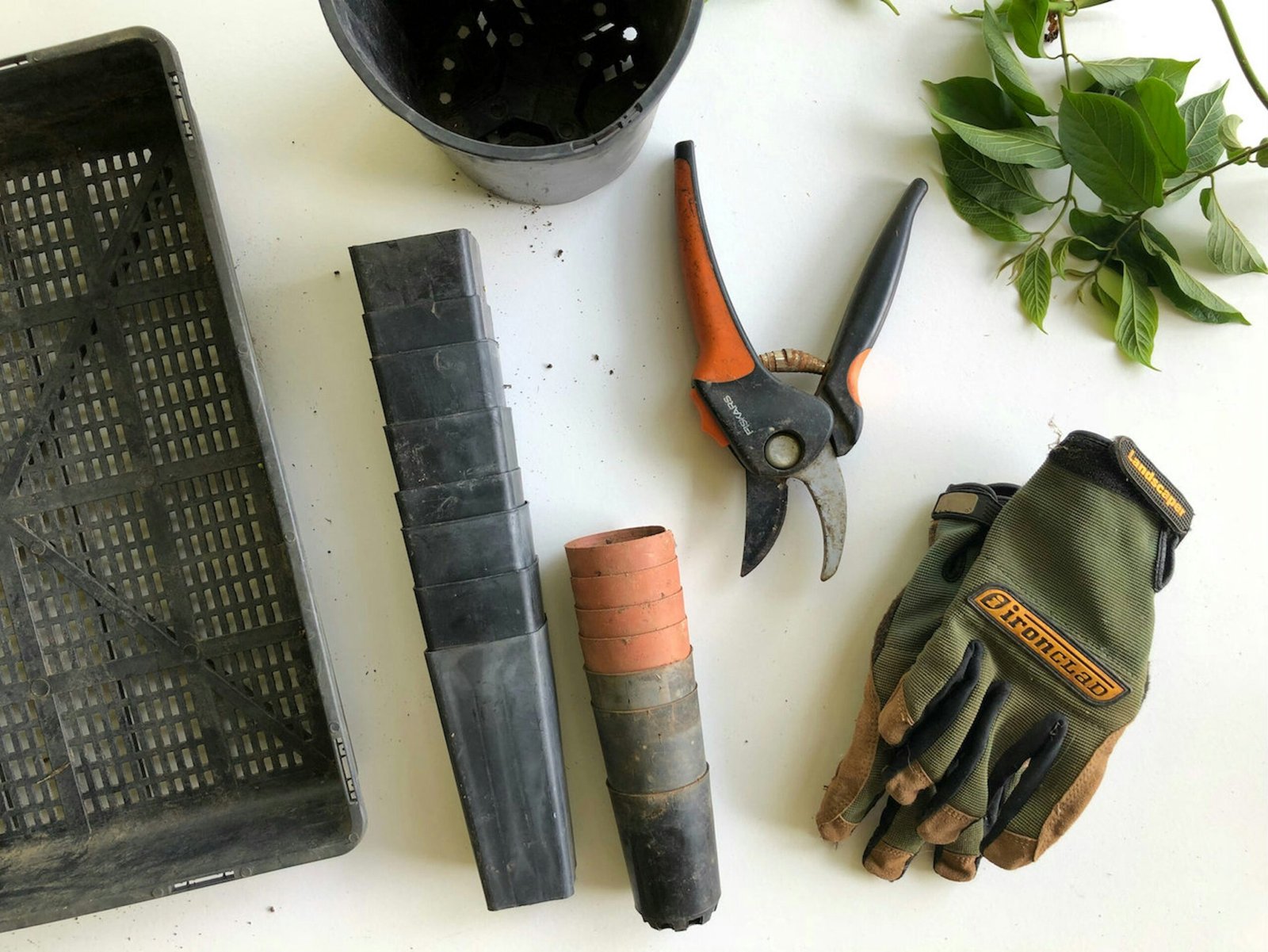


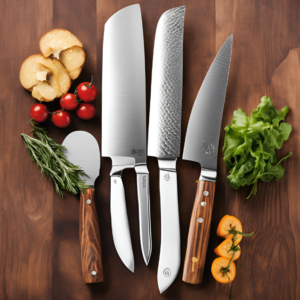

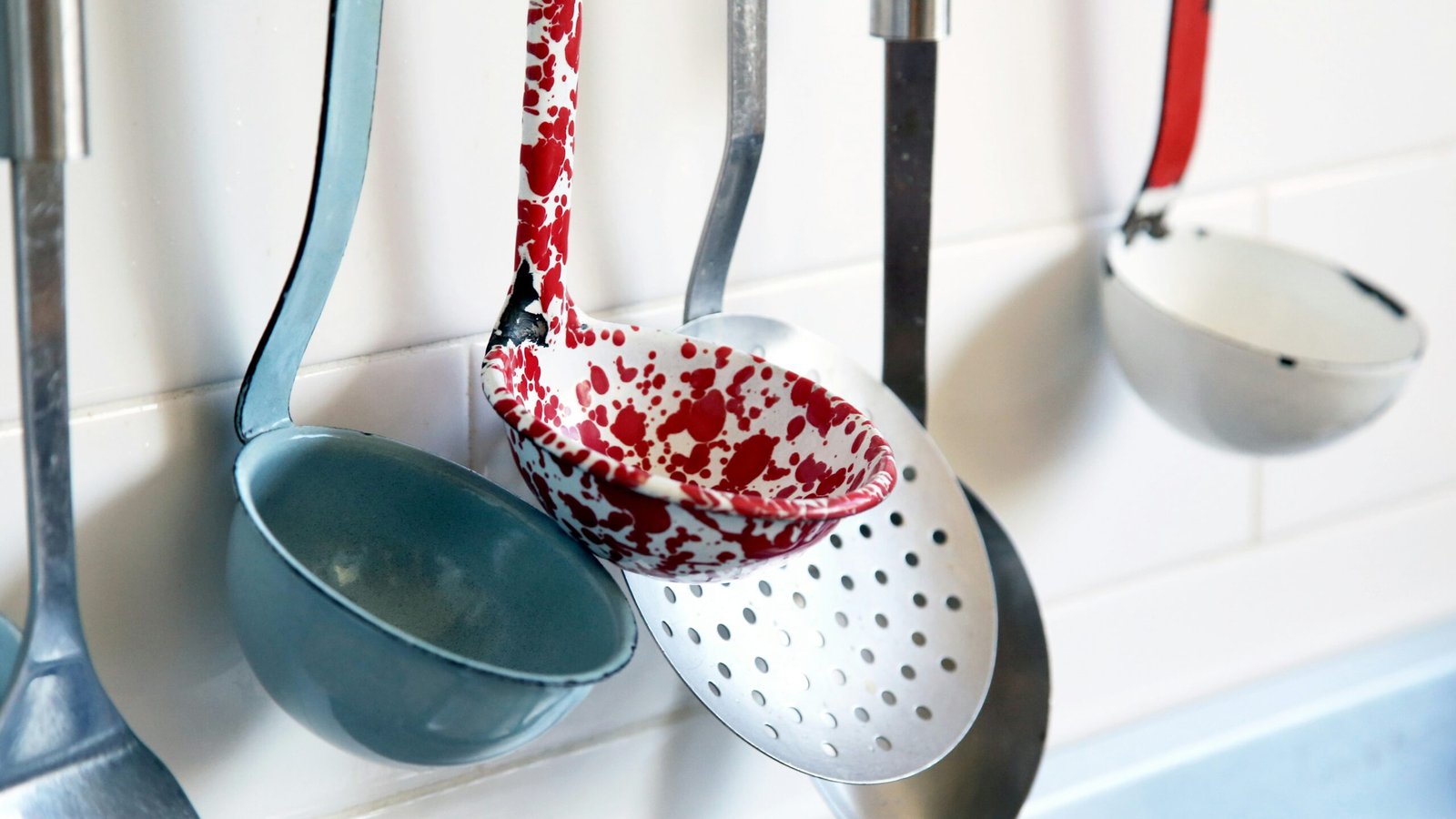

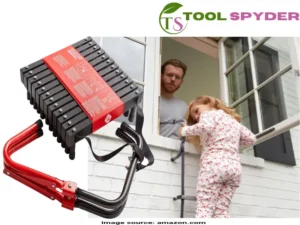
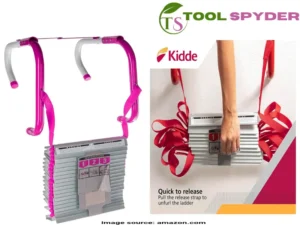
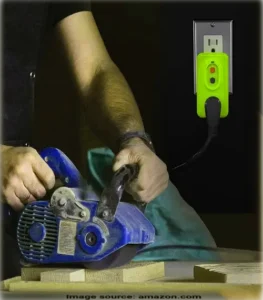
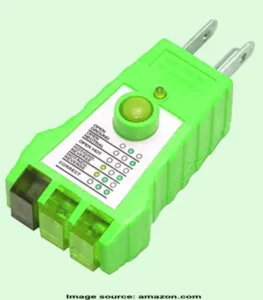
2 Responses
Wow, amazing blog layout! How long have you been blogging for? you made blogging look easy. The overall look of your web site is magnificent, as well as the content!
Thank you so much Julio Payne for your incredibly kind words! I’m thrilled to hear that you’re enjoying the layout and content of my blog. It’s been a labor of love honing both over the years. I’ve been blogging for last 3 years and each day brings new joys and challenges. Your encouragement means the world to me, and I’m grateful to have readers like you who appreciate the effort that goes into creating a great blog. Thanks again for your support. it truly inspires me.